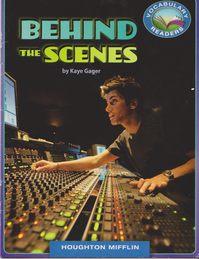
I'd like to introduce our second guest blogger, Shantal! Shantal did a nice job summarizing a book she read called Behind the Scenes.
This is what people use to make movies. People use screen tricks to the movie looks like it's real. Lighting equipment is very important because you can't make a movie without it. Foley Artists help make sound effects sound real. They also work in a Foley Artist room. Those are the things used to make a movie.
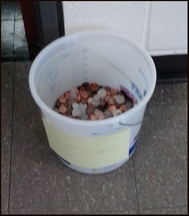
We had a lot of fun during Penny Wars! And even though we didn't win:
1. We learned how to use negative numbers (they take away points from our total, so we subtract them).
2. We learned negative numbers are related to owing money.
3. We learned that -1,000 is actually less than -10, because it means we owe more.
4. We raised a lot of money for our school! This means more field trips, books, cultural events, and supplies to use in class.
So actually, in a way, we DID win! :D
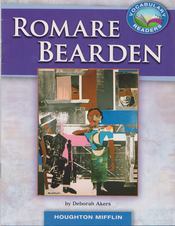
I'm pleased to announce our first, but certainly not the last, fourth grade "guest blogger" for this year: Brodie! Brodie read Romare Bearden and did a great job summarizing this nonfiction text. If you like art and you think you'd like to be an artist some day, check out this book!
An artist named Romare Bearden .Romare made many paintings some were about family.Romare had many family travels to get away from segregation. An artist begins for Romare to set a goal to be a good artist.Romare was searching for a voice because he had many jobs before he was an artist.When he became an artist exploring new horizons.Romare liked music such as jazz.And he found a new art were you pierce it together which is called a collage so he liked this new art.That's what I know about Romare Bearden.
By: Brodie
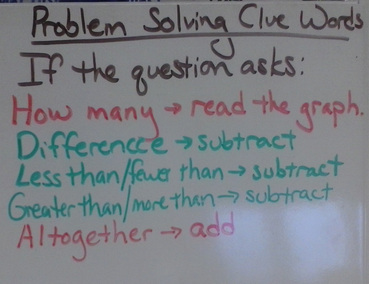
There are just a few clue words to learn when it comes to answering questions about a graph.
Which operation seems to be used most often, adding, multiplying, subtracting or dividing?
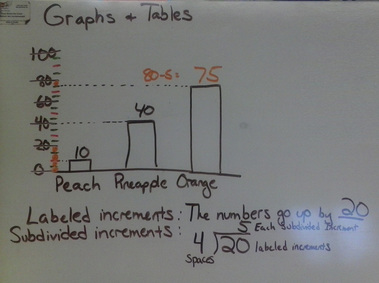
Reading a graph is easier when every increment is labeled. However, most scales, thermometers, and rules don't have every line labeled.
When this happens, you need to count how many spaces are in between two numbers (above: 4) and divide by the increment that is labeled (above you can see where the graph counts by 20s).
Divide 20 into 4 spaces and you'll see that it counts by 5s up to 20, and then it counts by 5s up to 40, and so on. The "mystery increment" is counting by 5s.
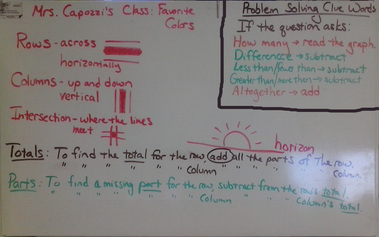
Today you reviewed how to read tables. If you've used a multiplication table before, you probably know how it works. Use the labels on the left and slide your finger across the row to the intersection. Slide your finger up the column to see the labels at the top.
Some tables with information have totals on the right, bottom, or both. You can find totals by adding all the parts in its row or column. You can also find missing parts by subtracting the parts you do know from the total.
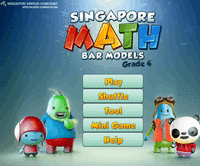
There's an app for that!
When you have a "real world problem," or "math word problem," sometimes it's hard to know what to do with the numbers. You need to figure out if you add, multiply, subtract, or divide them. If there's more than 2 numbers in the problem, you also need to figure out which numbers to compute! That's when bar modeling can help.
If a word problem tells you about two people with different amounts, the first step is to draw a little bar for the smaller number, and a bigger bar for the bigger number. Imagine a problem started out saying "If Tim had $1 and Kim had $2..." you can see that Tim has a smaller amount than Kim.
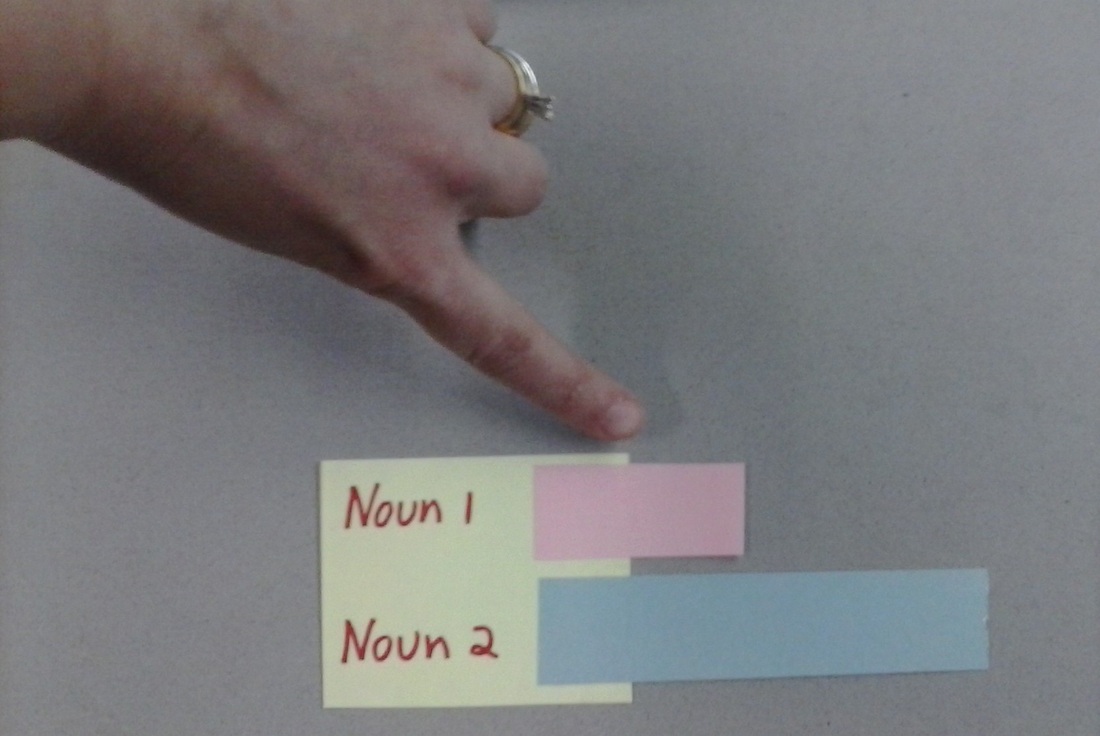
The top person has less.
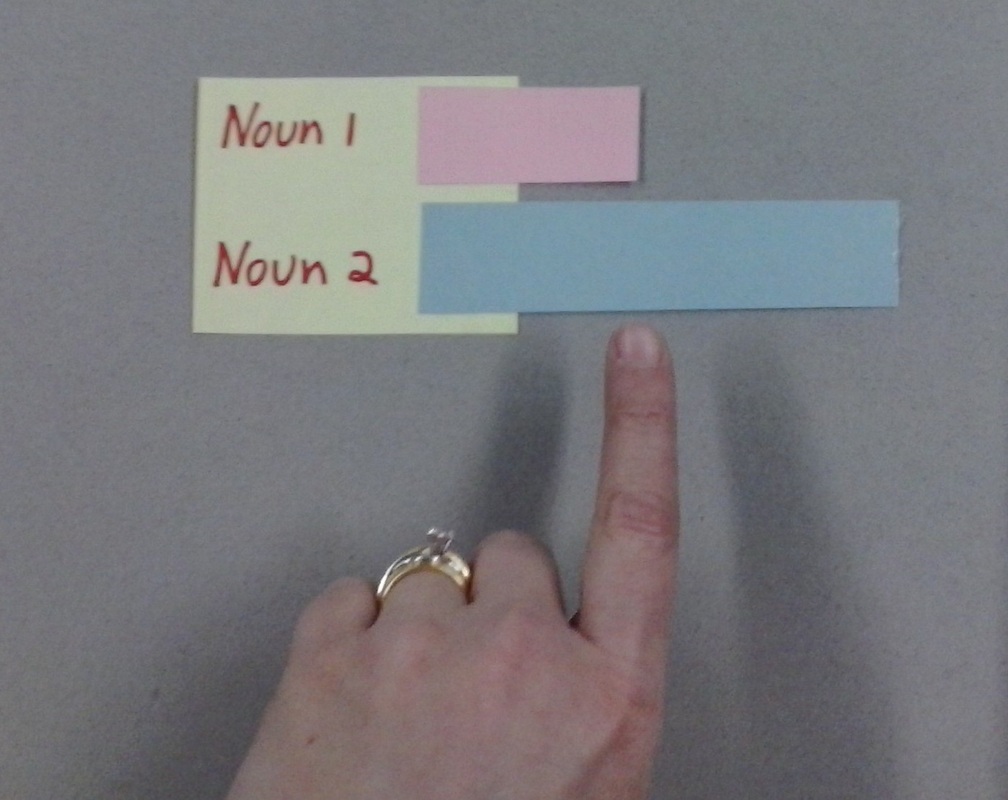
The bottom person has more.
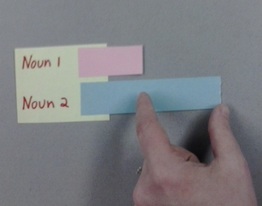
See the difference here?
Once you've drawn these bars correctly, you can tell the difference. Just look at how much more the bottom person has. Of course the difference will be a smaller amount than the bigger bar. The difference can be found by subtracting, because subtracting gives you a smaller number.. If Tim has $1 and Kim has $2, subtract to find the difference is $1.
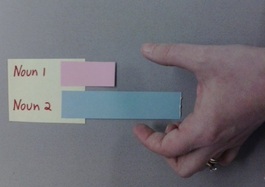
Both are selected here.
A problem might also tell you or ask you how much they have altogether. See how I'm indicating to both? A bracket (the thing that is drawn like a mustache) shows both. The total amount they have together is going to be bigger than the bigger bar. Adding gives you a bigger number. So if Tim has $1 and Kim has $2, add them together to show that they have $3 altogether.
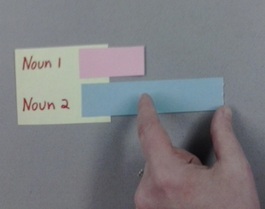
Try it! If Noun1 has $20 and Noun2 has $50, what is the difference? How much do they have altogether?
Some of you needed a little bit of review of long division. Here's how to solve long division problems that have zeros in your answer:
I'm excited to announce that later this month we will have 4 guest bloggers write their own posts and with a little help, upload them to this blog. Even more exciting is that those guest bloggers will be between the ages of 9 and 11 years old. That's right, our guest bloggers will be 4 of you fourth graders!
We have been working on writing summaries of the books we're reading in class, and each of our 4 reading groups are in competition to get the highest mark on their summaries. I've already chosen 2 winners. One has been announced today, and the other will be announced on Tuesday. The remaining 2 winners will be announced later next week. We will have one guest blog post each week before February vacation.
If you win, and you would like your school photo* posted with your summary, bring in a copy, along with a signed note from your parent granting me permission to scan it and post it here on this blog.
*If you don't have a school photo, a head shot with any plain colored background is fine.


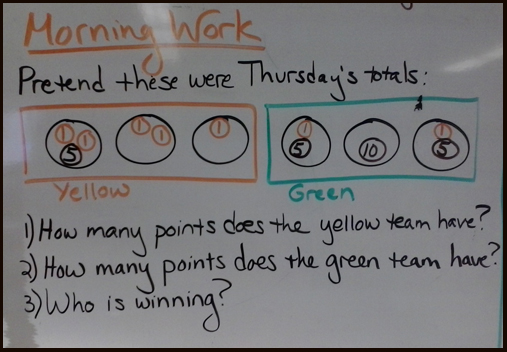










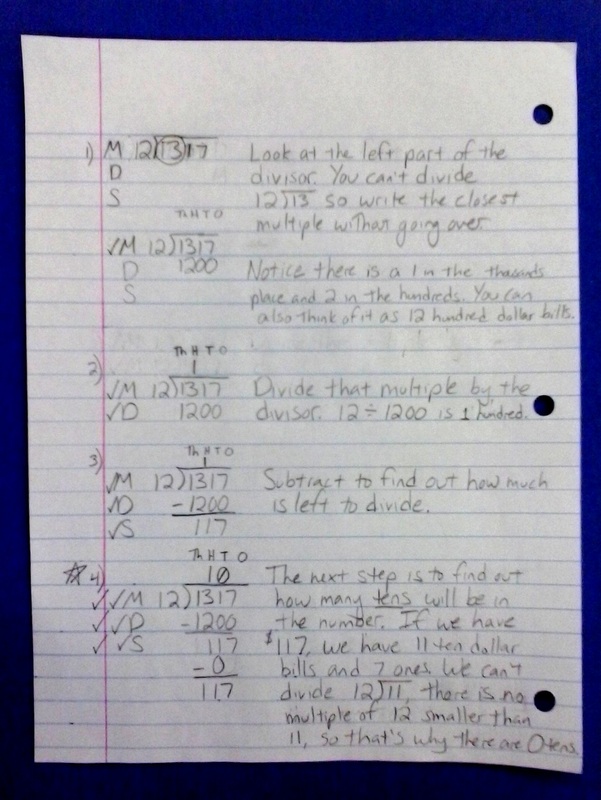
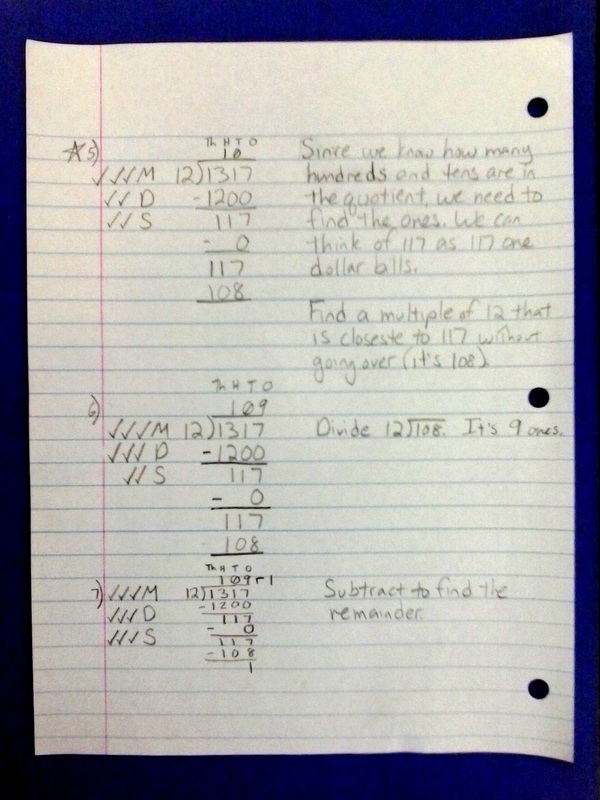


 RSS Feed
RSS Feed